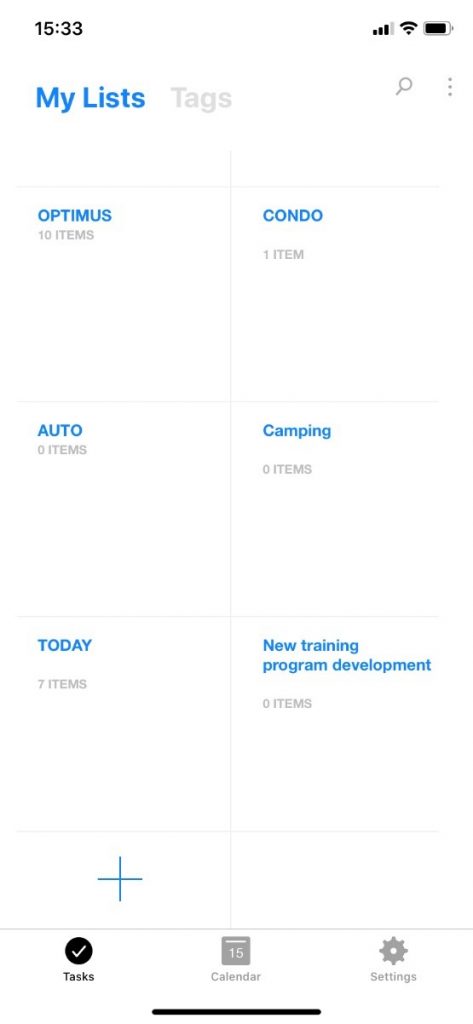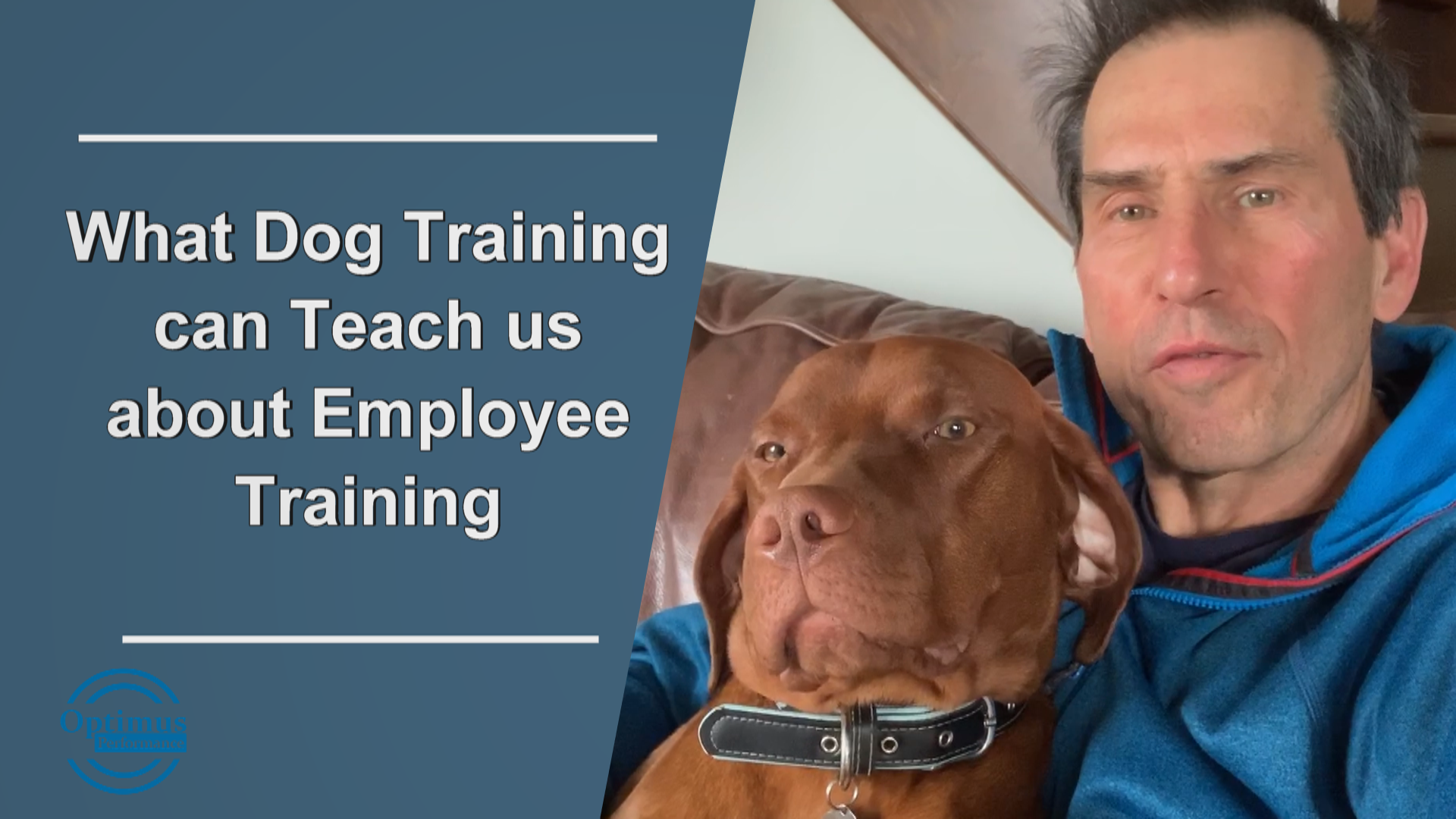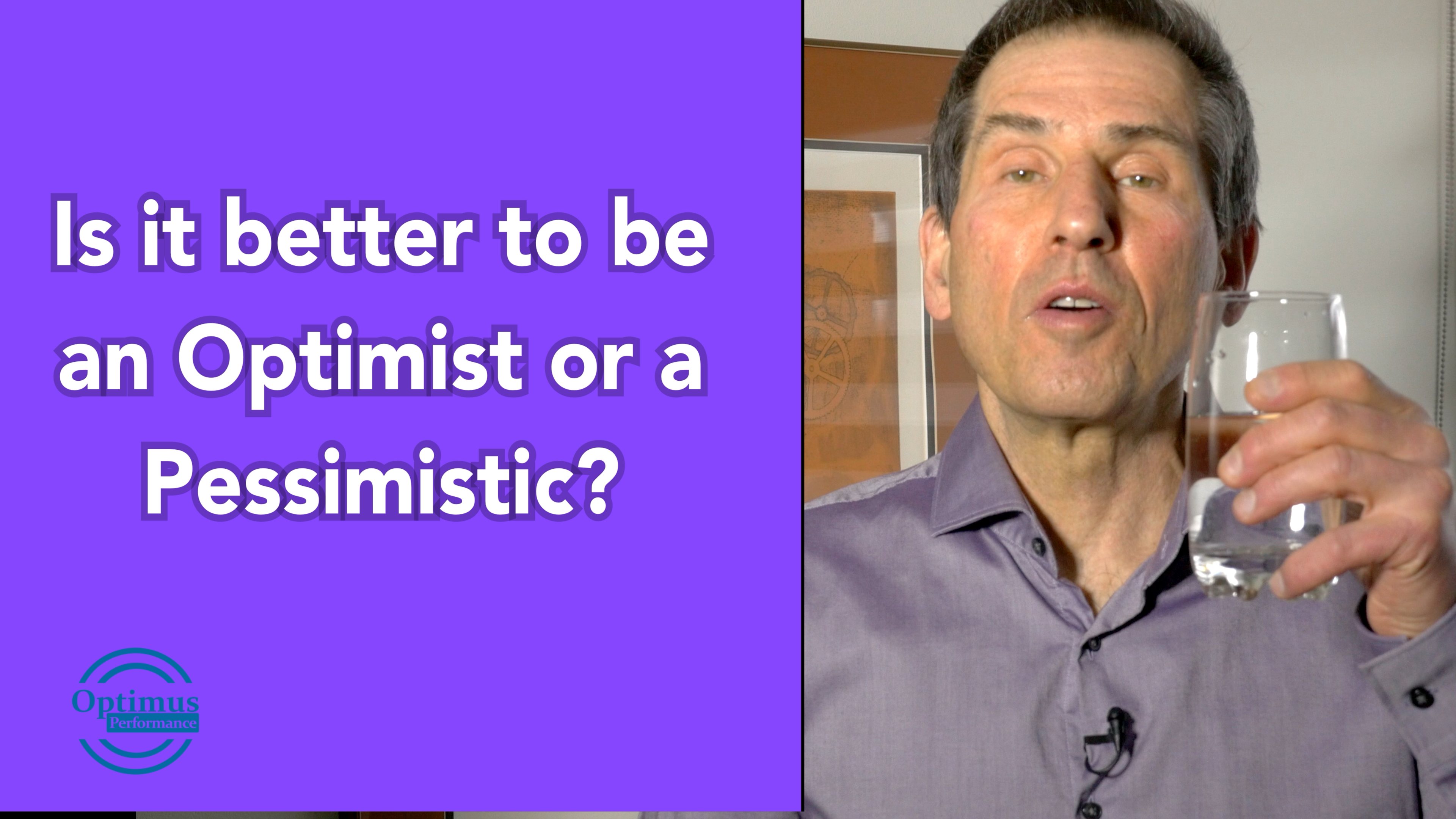I am writing this while still in lockdown due to COVID 19 and most people are working from home.
You can still engage people in teamwork using online meeting technologies and drive continuous improvement.
Earlier this week I facilitated a masterclass session with business owners where they were able to work on problems that they are currently facing. There session was done using the Zoom meeting application and the result was finding practical effective solutions for the problems brough forward.
Task Team
The first step is to form a task team comprised of management or a mix of managers and employees. The size would vary depending on the size of your organization and how many departments you have but it could be as small as three but not larger than seven.
There needs to be a champion named to lead this team and report to the business owner or GM. The business owner or GM could also be part of this team.
The purpose of this team is brainstorm problems or continuous improvement opportunities in the organization and prioritize the list down to the top three to five items.
You can use my articles and videos on brainstorming techniques to do this step.
Problem Solving Teams
From the priority list of the task team described above, form one or up to three teams to work on solving the problems and proposing solutions. This could be cross functional team if the problems cross many departments of affect the whole organization. This is a good time to work on problems that may be human resource related like how to increase a
The teams would meet remotely using any online meeting app and work together using effective problem-solving techniques.
A champion for each problem-solving team would need to be named and a facilitator and this can be the same person. Roles should be defined. For example, you might have the project champion, a facilitator, a note taker, and a gatekeeper.
The gatekeeper’s role is to ensure that the rules of working together are followed so they assist the facilitator. So, you need to establish a few rules of guidelines for working together. IF the gatekeeper sees that the rule of respect is being abused, he will intervene to help the facilitator address this.
Action and Feedback
If you embark on this, you need to treat the recommended solutions and decide the action you will take as a business owner or management team.
You will also need to give feedback to the teams on what you plan to do as you do not want them to feel their time and energy spent on this was in vain.
Communicate Communicate this initiative to all employees so they are aware of things and are ready to support any new methods or processes that will need their backing.







